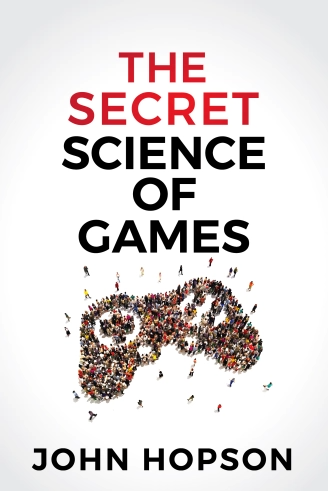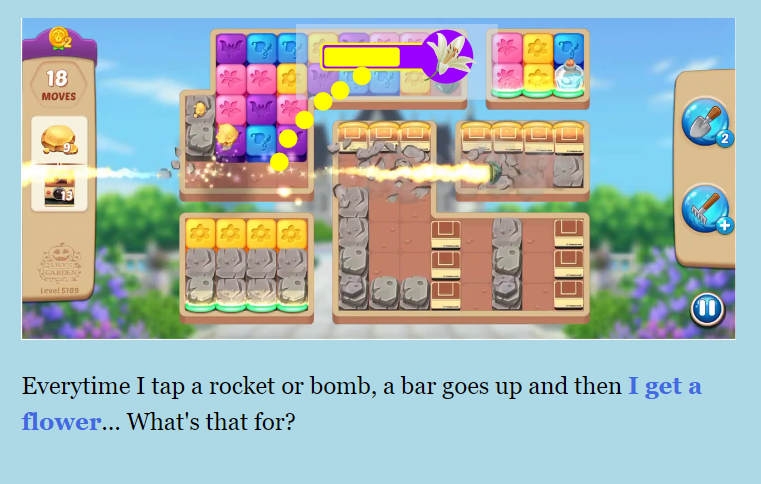I was in a conversation, one of these groups where tons of people are discussing game development. The founder of a local company says he opened his game as a beta. He invited some streamers to let them try the title. These streamers then left a vote. He stated that it was a success, the game had a high rating.
To me, it all led back to a single characteristic of the speaker: vanity. When you have a product in development, you have to challenge your assumptions. Especially if you want this product to be a real success. There’s no point in inviting people, putting them at ease, and asking them if they liked it. Probably some bias you have will be confirmed, some others will not. The more inexperienced part of the team will feel satisfied, the team will be treated well in the next few days. The boss is happy, everyone is happy.
Then comes the weight of reality, law of gravity. They don’t play your game, even for free. You can not recover the investment. You may need to make some staff cuts. You will still declare “yet we tested the game a thousand times and they said it was a good game”.
How to avoid falling into the ego trap?
By asking the right questions. Believing in a product and betting on its success is very positive. However, it must be done with caution.
- You have to ask specific questions
- You have to make hypothesis beforehand. These must be quantifiable and real: “Login time to a game is less than 30 seconds,” is a guess. “Love the game” is not a guess.
- You need to put your designers to observe people playing without interruptions. They must develop the intellectual honesty necessary to create objective reports.
- Then you have to work first to improve the strong points, then to solve the critical issues.
This is my advice. Escape from vanity metrics.


